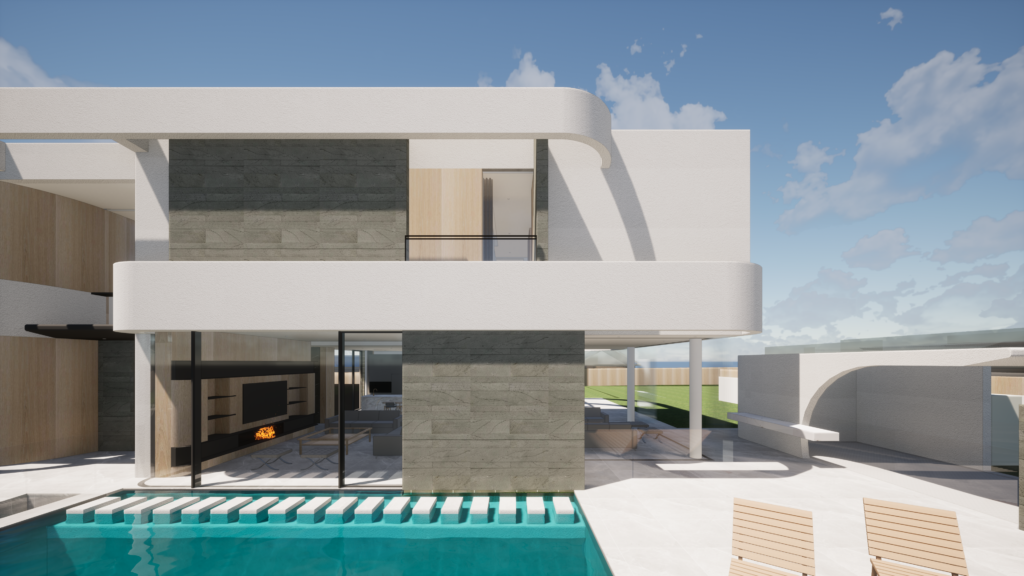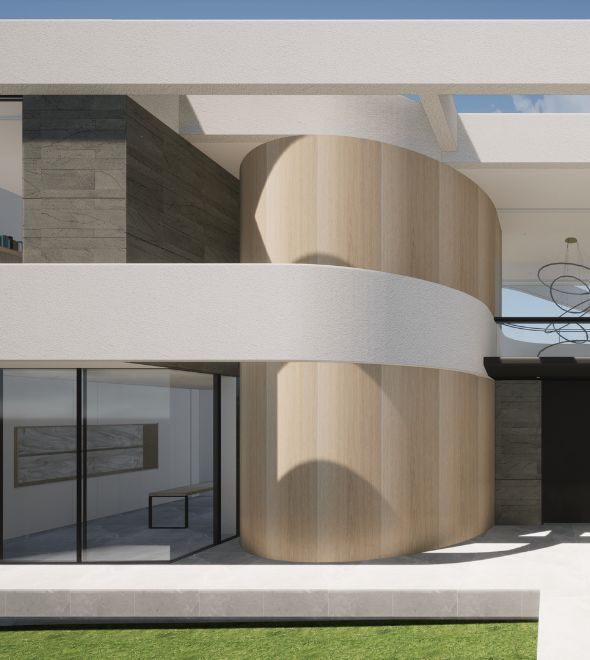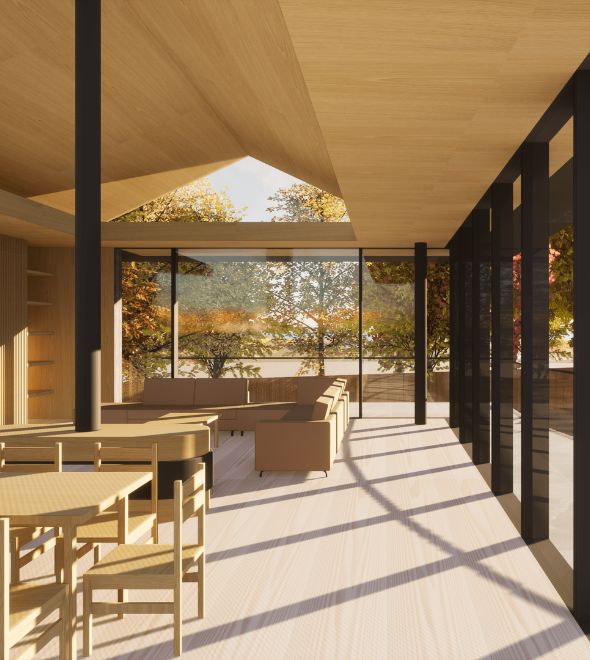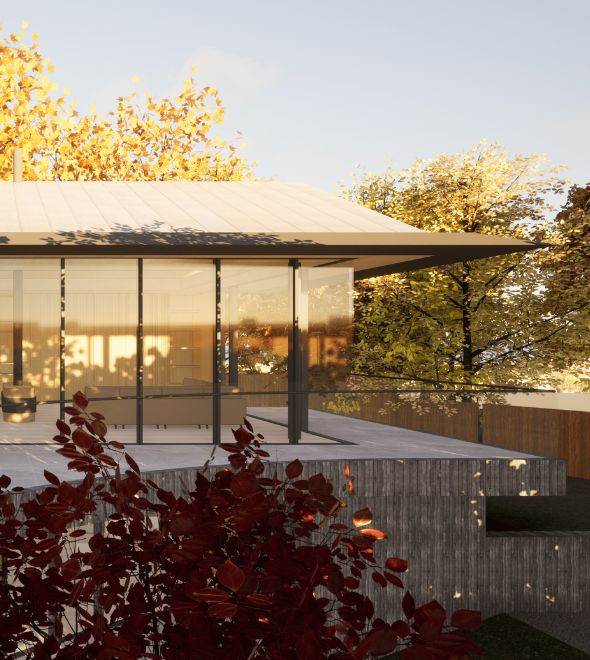Designing Family Homes with the Future in Mind
In designing a family home, one of the most significant considerations is its ability to evolve with changing needs over time. As multi-generational living becomes more common, particularly in cultures that emphasise family closeness, adaptable spaces are increasingly valuable. By designing with the future in mind, homeowners can ensure that their residence not only meets their current requirements but also anticipates and accommodates the demands of coming years. From flexible layouts to multi-use rooms, there are many ways to craft homes that grow alongside their occupants

Image: Ketut Subiyanto via Pexel
The Appeal of Multi-Generational Living
Multi-generational living—a household where children, parents, and grandparents share the same space—offers numerous benefits, from shared expenses to strengthened family bonds. For many families, especially those in Chinese or other family-focused cultures, it’s a natural arrangement that provides mutual support and enhances well-being. However, it also comes with unique challenges. Each family member needs a space they can call their own, yet shared areas must remain functional and welcoming. Design choices that consider privacy, accessibility, and flexibility are essential to achieving this delicate balance.

Designing Adaptable Spaces
Creating adaptable spaces is crucial for a home that will serve multiple generations or evolve with the family’s changing lifestyle. Adaptable spaces are those that can be easily reconfigured or repurposed without major renovations. A guest bedroom, for example, can serve as a playroom for young children or a study room for teens before later becoming a private suite for an elderly parent. Similarly, a garage or basement can be transformed into a home office, gym, or even a small apartment for extended family or guests.
Open-plan living areas are another popular choice for adaptable spaces, as they provide flexibility for various family activities and configurations. Open layouts allow for seamless transitions between the kitchen, dining, and living areas, encouraging family interactions while maintaining ample space for privacy when needed. The addition of sliding doors or modular furniture can further enhance adaptability by creating zones within these open areas that can be opened or closed off according to family needs.

Future-Proofing for Accessibility
As family members age, accessibility becomes an important consideration. Designing with accessibility in mind ensures that the home will remain comfortable and functional for everyone, from young children to older adults. Features like wide doorways, minimal stairs, and bathrooms with walk-in showers help create a space that is safe and easy to navigate for all generations. For those anticipating future needs, it may be worth incorporating reinforced walls to allow for easy installation of grab bars and rails should they become necessary.
The importance of single-level layouts or, alternatively, multi-storey homes with a main-floor bedroom suite, cannot be overstated. By planning for accessibility, families can avoid disruptive, costly renovations down the line, keeping their home adaptable and inclusive for years to come.

Designing for Changing Technologies
Technology evolves rapidly, impacting how families interact, work, and relax within their homes. Creating a future-ready home means considering technology that can adapt as family needs change. For instance, setting up smart wiring throughout the home enables easy integration of smart home devices, which can be added or removed as desired. Technology like automated lighting, heating, and security systems makes life simpler and can be particularly helpful for multi-generational families, as everyone can customise settings to suit their needs.
In addition, including charging stations or designated spaces for home offices helps prepare the home for future tech requirements. These features are particularly useful for children growing up with digital learning and adults working remotely, and they help ensure that the home remains convenient and functional as technology advances.




